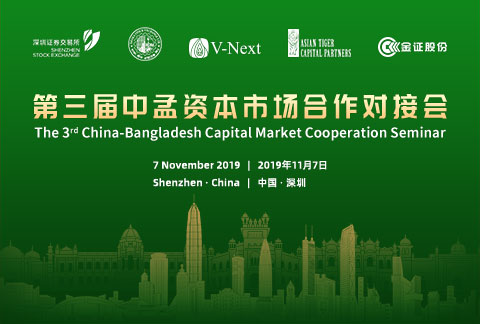Introduction of Bangladesh economic environment
| Total area | 147,600 square kilometers |
| Time zone | GMT+6 |
| Number of administrative regions | 8 |
| Capital city | Dhaka |
| Forest coverage | 13.4% |
| President | Hamid |
| Chinese population | - |
| Proportion of religions | Islam 88.3%, Hinduism 10.5%, Buddhism 0.6%, Christianity 0.3% |
| Population | 163 million people (2019) |
| Proportion of peoples | 98% of the Bengali ehtic group, and more than 20 ethnic minorities such as Chalalmar, Shantar and GANO |
| Natural resources | Natural gas, limestone, hard rock, coal, silica sand, white clay |
| Language | Bengali |
| Prime minister | Sheikh Hasina |
| Level of development | - |
| GDP | TK 27.96 trillion (fy18 / 19) |
| GDP per capita | USD 2010 (fy19 / 20) |
| Inflation rate | 5.65% (2020) |
| Unemployment rate | 4.15% (2020) |
| Key/characteristic industries | Clothing industry, jute, medicine |
| Top 3 trade partners | Imports: China, India, Singapore; Exports: Canada, USA, UK |
| Proportion of primary industry to GDP | 12.65% (2020) |
| Proportion of secondary industry to GDP | 28.79% (2020) |
| Proportion of tertiary industry to GDP | 54.63% (2020) |
| Total export-import volume | $109.6bn (fy19 / 20) |
Finance
| Local currency | BDT |
| Exchange rate | USD 1 = TK 87.2042 (2022) |
| Local exchange | Dhaka exchange, Chittagong exchange |
Labor force
| Average wage | Depending on the job, 70-2,500 USD / month |
| Minimum wage standard | 5,300 Taka / month |
| Proportion of employment deposit | No mandatory social insurance requirements |
Foreign investment
| Industries with encouragement of foreign investment | Export oriented enterprises, energy industry |





